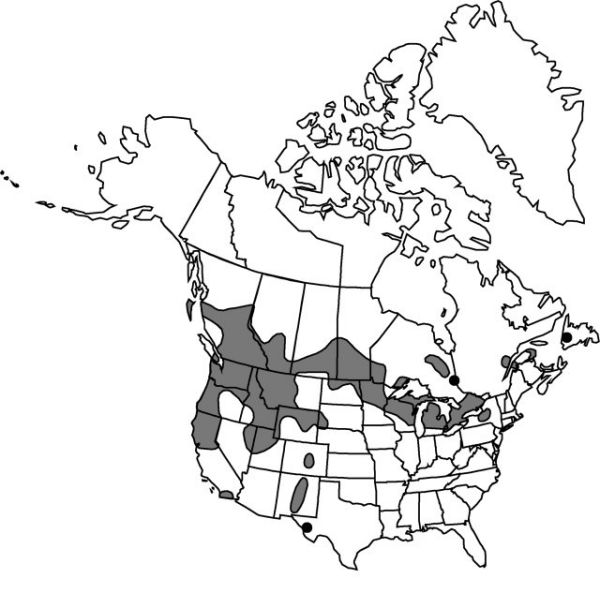Difference between revisions of "Corallorhiza striata var. striata"
IllustratedEndemic
Synonyms: Corallorhiza macraei A. Gray
Treatment appears in FNA Volume 26. Treatment on page 634.
FNA>Volume Importer |
imported>Volume Importer |
||
| (2 intermediate revisions by 2 users not shown) | |||
| Line 3: | Line 3: | ||
|accepted_authority= | |accepted_authority= | ||
|publications= | |publications= | ||
| + | |special_status={{Treatment/ID/Special_status | ||
| + | |code=F | ||
| + | |label=Illustrated | ||
| + | }}{{Treatment/ID/Special_status | ||
| + | |code=E | ||
| + | |label=Endemic | ||
| + | }} | ||
|basionyms= | |basionyms= | ||
|synonyms={{Treatment/ID/Synonym | |synonyms={{Treatment/ID/Synonym | ||
| Line 45: | Line 52: | ||
|publication title= | |publication title= | ||
|publication year= | |publication year= | ||
| − | |special status= | + | |special status=Illustrated;Endemic |
| − | |source xml=https:// | + | |source xml=https://bitbucket.org/aafc-mbb/fna-data-curation/src/2e0870ddd59836b60bcf96646a41e87ea5a5943a/coarse_grained_fna_xml/V26/V26_1299.xml |
|subfamily=Orchidaceae subfam. Epidendroideae | |subfamily=Orchidaceae subfam. Epidendroideae | ||
|tribe=Orchidaceae tribe Cymbidieae | |tribe=Orchidaceae tribe Cymbidieae | ||
Latest revision as of 21:12, 5 November 2020
Racemes 10–67 cm. Flowers 5–35, showy; sepals and petals open, spreading, usually not nodding; sepals 8–18 mm; petals 7–18 mm; lip 7–16.5 × 4.4–8.5 mm; column 4–6.5 mm. Capsules 12–30 mm. 2n = 42.
Phenology: Flowering spring–early summer.
Habitat: Coniferous, deciduous, and mixed woods, lakeshores, swamps
Elevation: 0–2600 m
Distribution

Alta., B.C., Man., Nfld. and Labr. (Nfld.), Ont., Que., Sask., Calif., Colo., Idaho, Mich., Minn., Mont., Nev., N.Mex., N.Y., N.Dak., Oreg., S.Dak., Tex., Utah, Wash., Wis., Wyo.
Discussion
A parasitic wasp (Pimplinae, Ichneumonidae) has been found visiting flowers and removing pollinia of Corallorhiza striata var. striata, our most striking and largest flowered coral-root (J. V. Freudenstein 1997).
Selected References
None.
Lower Taxa
None.
